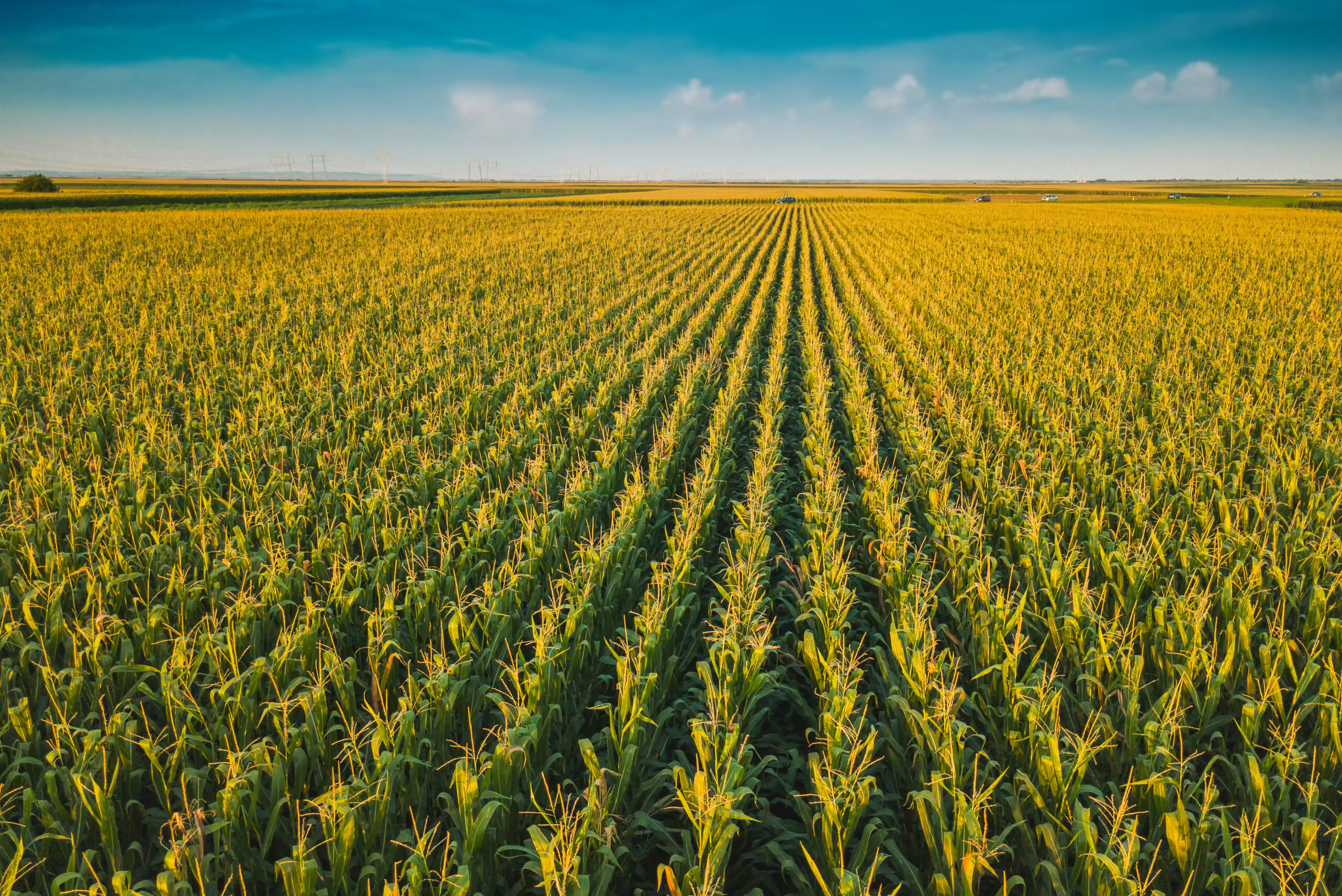TIGHT MARGINS AND POTENTIAL FOR DISEASE PRESSURE WARRANT FUNGICIDES TO PROTECT CROP YIELDS
May 1, 2023

Wetter weather patterns threaten crop health; branded generic fungicides can offer budget benefit over premium fungicide prices
CARY, N.C. (May 1, 2023) – This season, growers once again face a battle with high input prices and market volatility that puts their profitability at risk. A cool, wet spring and continuing wet weather patterns across much of the country threaten to increase the risk of disease in row crops. As growers prepare for 2023 fungicide applications, they should be looking at economics and product availability, determining how many times they are going to treat versus if they are going to treat. And as several major manufacturers face price increases again, their post-patent counterparts provide an affordable alternative.
“Given the risk potential for disease this year, the high prices of corn and soybeans make it simple for growers to apply a fungicide and get a yield benefit and incremental margin from it,” said Aaron Burke, business unit lead, North with Atticus LLC.
“When you combine the yield bump that you can get with fungicides, regardless of disease pressure, it is important for growers to plan for at least two fungicide applications this year,” said Burke. “The data overwhelmingly shows that sequential, or two applications, especially on highly responsive hybrids, will outperform a single fungicide application. Even in the absence of disease, a fungicide application to corn at tassel can increase yield, sometimes to double digits of bushels.”
Historically, corn growers have had a choice between a V5 application and a VT application. A wetter year, like 2023 so far, will benefit from applications at both stages, as well as a seed treatment at planting.
“2023 will require a disciplined approach to product selection and application,” said Burke. “As growers consider the timing of their applications, they should be communicating with their retailers for insights on relevant, affordable fungicide products as well as help with scouting.”
Product availability and affordable pricing
Diversification is key to product availability. While supply chain challenges have eased some, major manufacturers have again taken a price increase on most of their brands. And several name-brand products remain in short supply compared to the post-patent alternatives.
“With these factors in play, post-patent fungicides, herbicides and insecticides are even more appealing this year,” said Burke. “They are a grower’s best ally in fighting back to minimize costs and protect crops from yield-robbing diseases, weeds and insect pests.”
Burke stressed the importance of staying in close contact with a trusted local crop protection retailer and remaining vigilant in scouting as the season goes on, both for management decisions this year and for planning for 2024. The local retailer can help recommend a long-lasting and potentially multi-ingredient fungicide to provide disease protection as long as possible throughout the season.
“Growers are going to experience yield enhancement and disease protection from their application,” he added. “At harvest, we advise tracking and documenting data from different fields—including their level of infection, how the fungicides performed and additional yield—to help growers make more informed decisions going forward about where, when and how to use fungicides on their farms.”
When it comes to fungicide selection, the number one consideration for growers is field history and the historical challenge each individual farm or field has had.
Diseases to look for in 2023
This year, areas like the Dakotas that experienced late-season snow will see an increased threat of fungal infection due to increased moisture around planting time. In the Southern Plains states, where last year’s drought persists, growers are more likely to instead face insect pest pressures. Yet this opens crops up to later season disease issues such as ear, stem and stalk rots. Corn and soybean growers alike will want to monitor closely for disease to stay on top of them after a wet spring.
Risks for corn diseases in 2023:
- Tar spot
- Anthracnose
- Northern corn leaf blight
- Rusts
- Crown rot
Soybean disease threats in 2023:
- Seedling diseases like pythium and fusarium
- Phytophthora root rot
- White mold
Last year was very dry, so there were fewer white mold infections than normal but that will change in 2023 with the increased moisture levels already affecting the Central Plains states.
“If we trend back to any normal levels or have higher levels of moisture throughout the growing season, we’re going to see increased levels of white mold infections this year that growers need to be ready to manage,” said Burke.
“Overall, it’s important for farmers to invest in fungicides to maximize yields given this spring’s unfavorable weather conditions and continued high commodity prices. The fact that we’re going to be putting the crop in a little late this year, combined with the softening of post-patent fungicide prices, makes the ROI of fungicide applications a no-brainer,” Burke concluded.